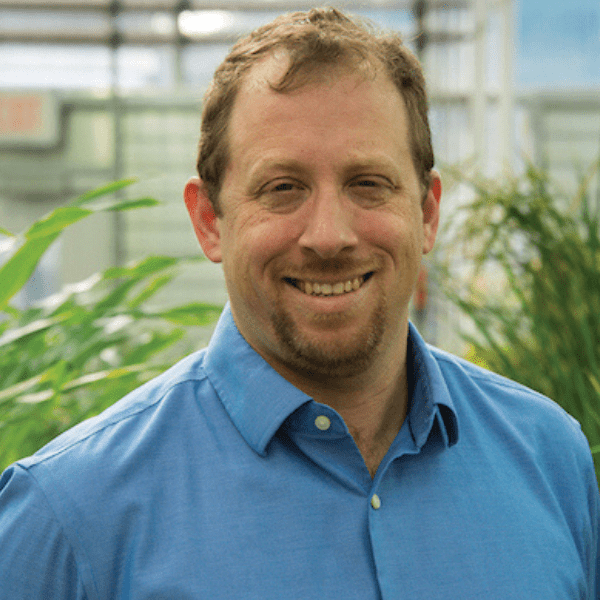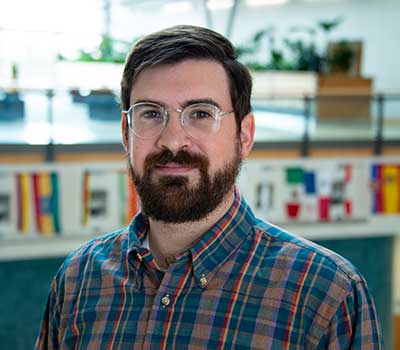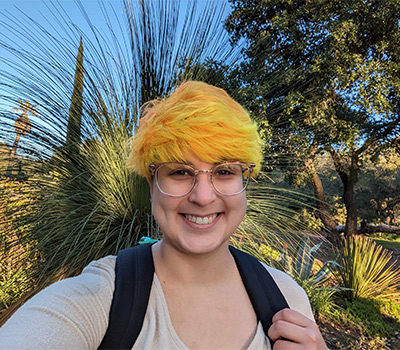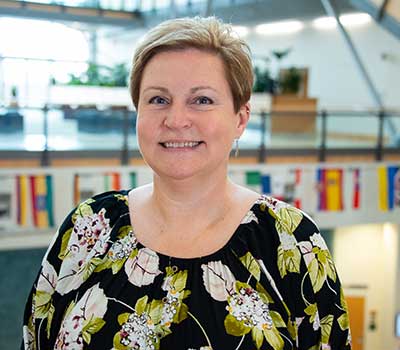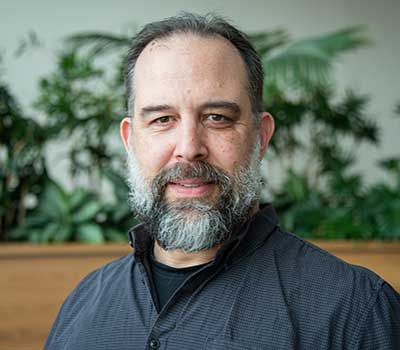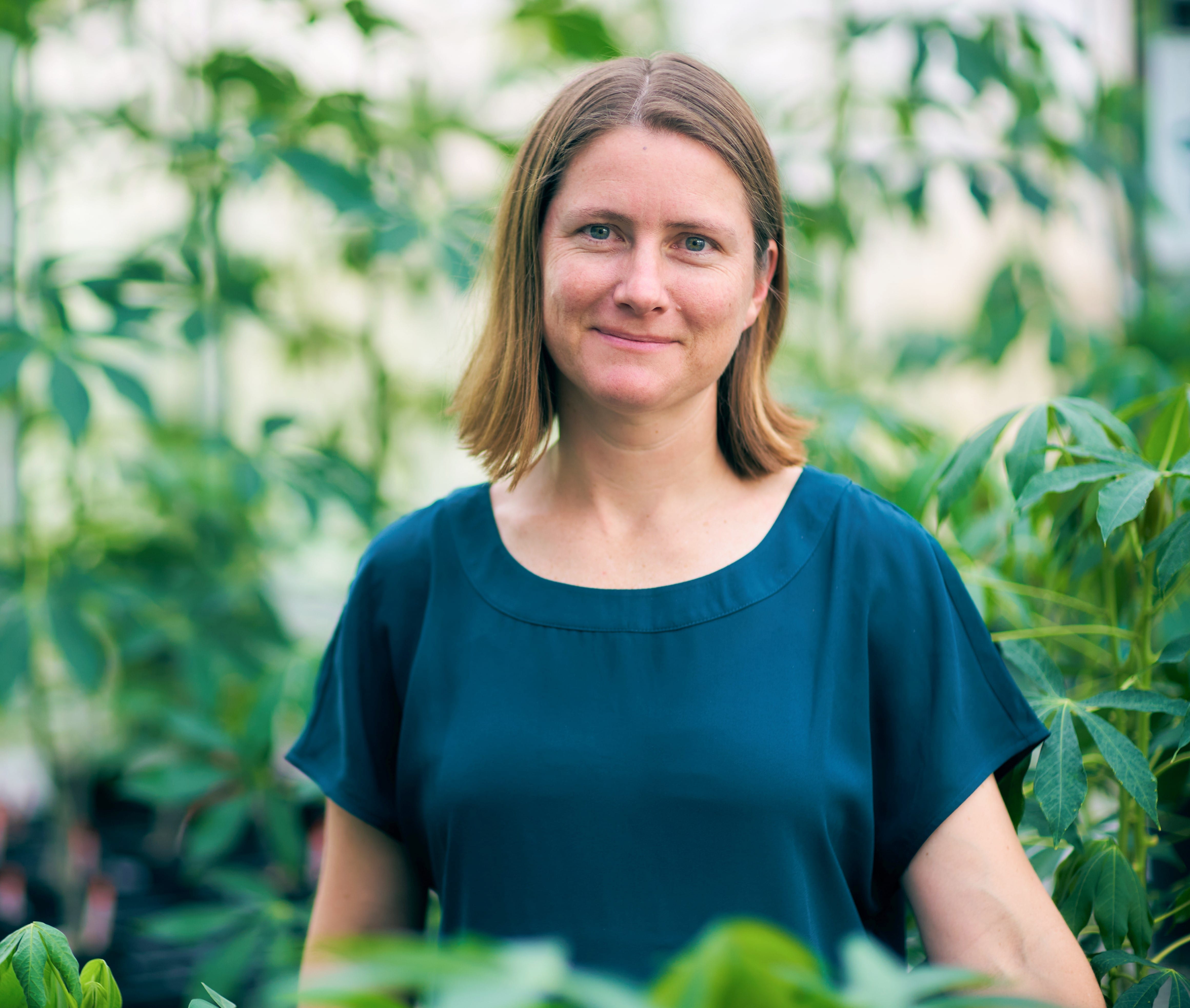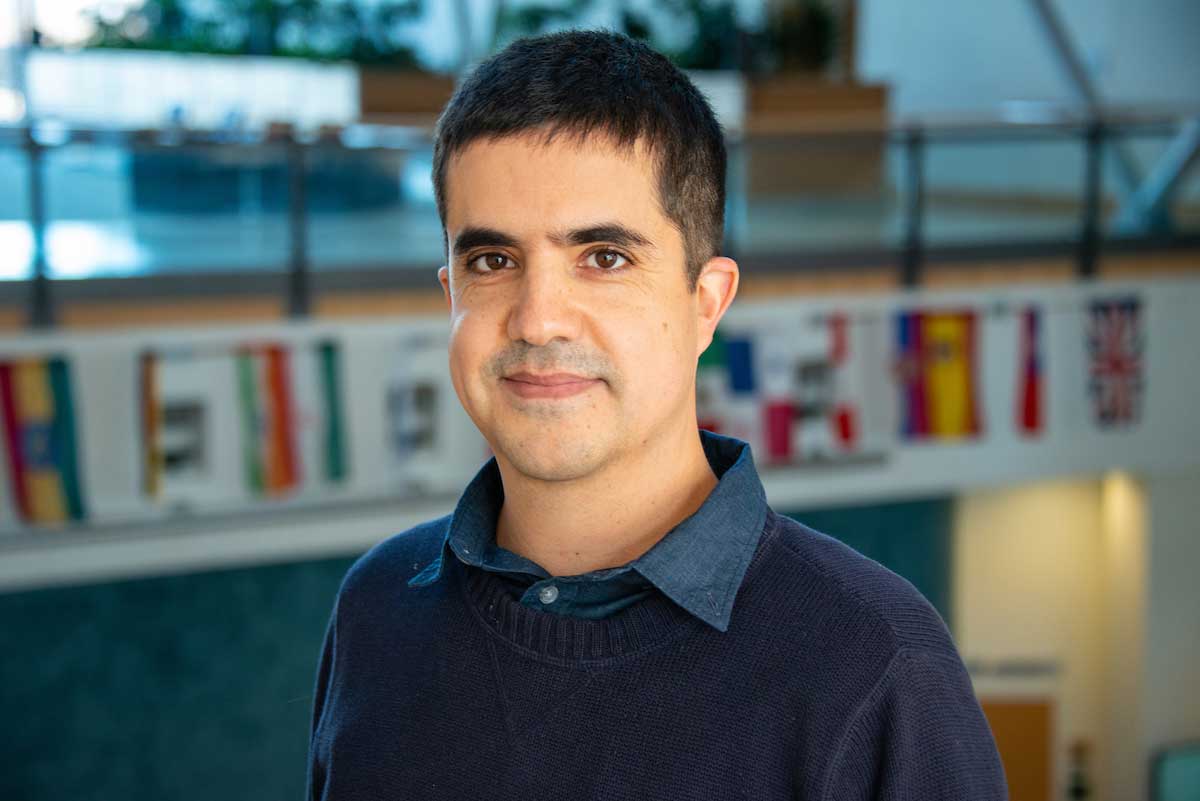The Power of Plants
Ivan was at a crossroads in graduate school.
He considered leaving altogether. Then, he came across an article about trees.
The article looked at using transgenic trees to remove toxins from the environment. The idea of using plants to help heal the environment, called phytoremediation, was inspiring to him. “The simplicity of it resonated with me. Just by making a small genetic modification, you could plant trees and help clean up the environment without having to dig anything up or process it,” explains Ivan.
Soon after, Ivan switched labs and started his journey in plant science.
Millions of Possibilities
Ivan’s lab studies how plants adapt to different environmental conditions: taking up elements like iron, zinc, calcium, and magnesium. “It’s an incredibly complex system that involves the genetics of the plant and the environment that it grows in, each of which can have millions of possibilities,” explains Ivan.
When the Bellwether Phenotyping Facility opened, it was a natural complement to the work Ivan’s lab was doing, enabling him to expand the scope of his research to look at the related questions of how plants use water to grow. “The facility allows us to control environmental variables tightly and monitor how plants change over time, both of which can be incredibly hard to do.”
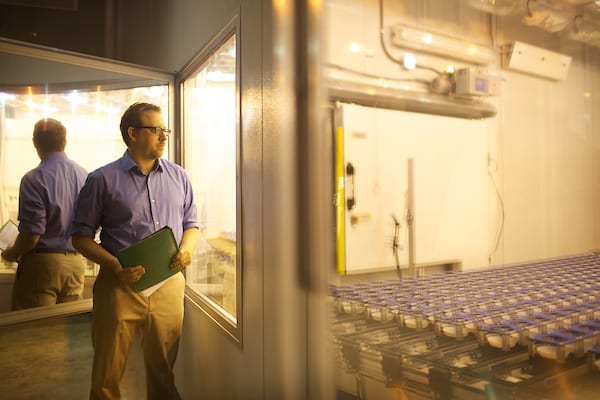
Sustainably Producing Nutritious Food
As we face new environmental challenges and our population continues to grow, understanding how plants adapt to their environment is critical to sustainably producing more food. With Ivan’s research, it could become possible to grow crops under more extreme conditions with fewer inputs.
Ivan’s work could also impact human health. By understanding how plants absorb elements, Ivan and his lab could produce crops that grow under extreme weather conditions while also maintaining or improving nutritional content. “Understanding how plants take up elements will allow us to understand how life works while also being able to improve plant, animal, and human nutrition,” explains Ivan.
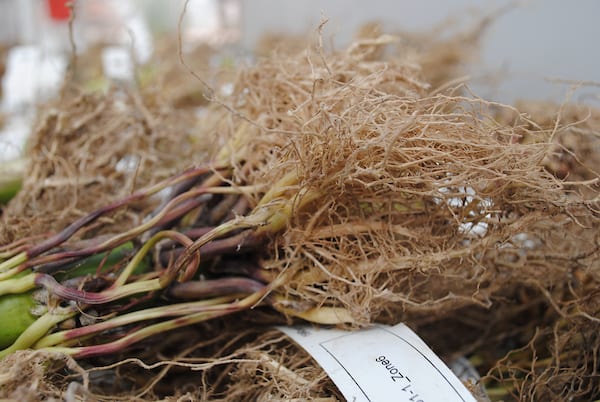
Creating Community for Plant Scientists
In addition to his research, Ivan is passionate about creating a more inclusive plant science community that supports emerging scientists. In 2017, he co-created Taproot, a podcast that explores the working world and publication process of real-life plant scientists. “It’s a new way to contribute to the plant science community. It’s an important project to me because we’ve had conversations that people have found really useful in their science careers.”
For Ivan, the people that make up his lab are just as important as the work they are doing: “We’ve provided opportunities for some fantastic people to do great science. I’m very proud of that.”

